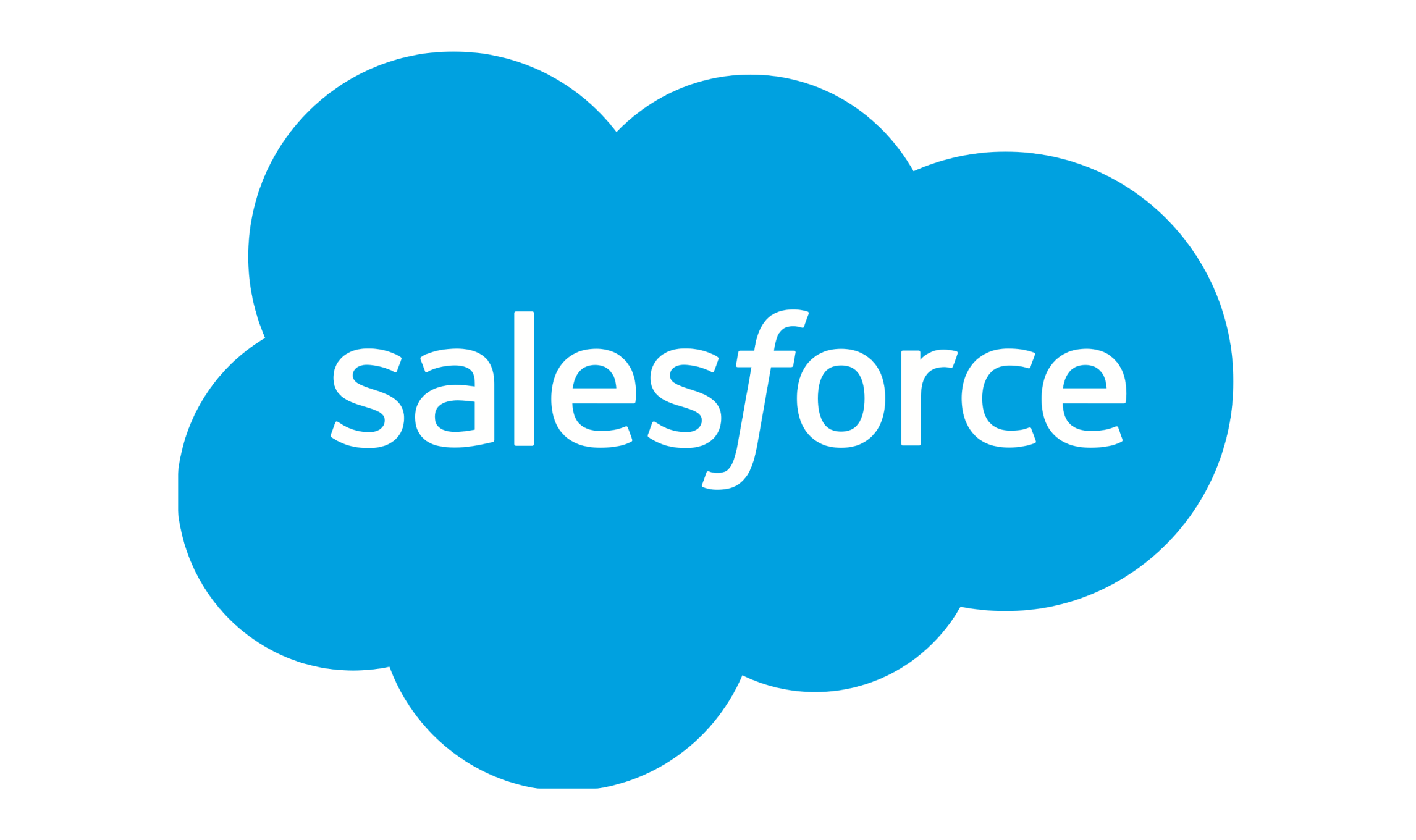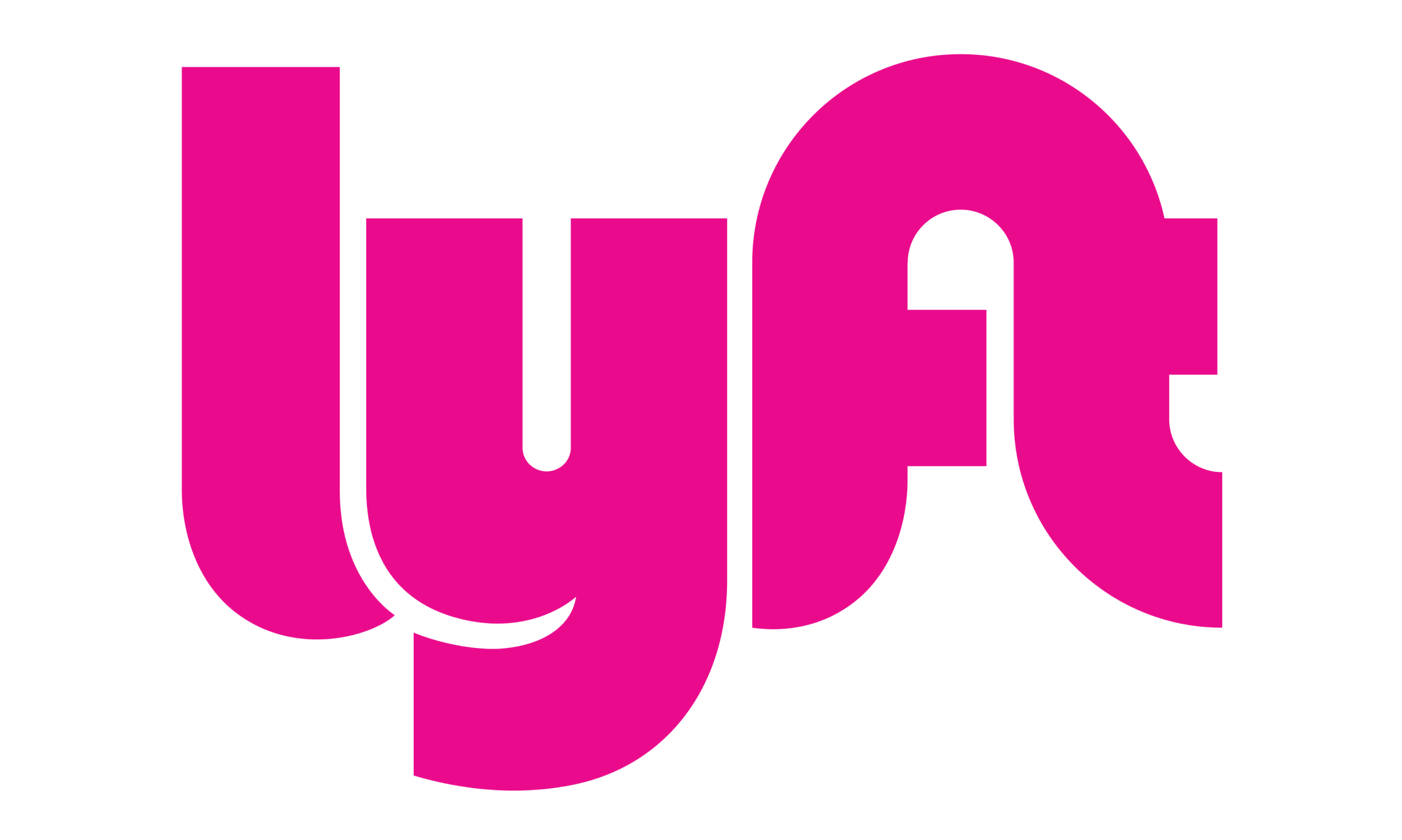What topics will you practice?
Business English Training FAQs
Both! If you are an individual looking to improve your communication skills, you can sign up for just $8 per month and cancel anytime.
If you are a manager looking for training for your team, we can also help you create the right program with yearly licenses for your coworkers. Please get in touch at hello@talaera.com.
You can learn how to write more effective emails, share ideas with confidence in meetings, deliver impactful presentations, improve your grammar, expand your vocabulary, and more.
We use a combination of real-life examples and carefully designed resources to prepare you for your day-to-day job.
Yes, every week, you will be invited to a live session with one of our business English instructors. These group sessions last 60 minutes and you will be able to learn, practice, and ask questions with other professionals from around the world.
Yes! The Talaea courses are carefully designed by expert, native English speakers with both business and academic backgrounds, ensuring the best learning experience and immediate applicability. However, your Talaera PRO access also gives you access to your Personal Dictionary. It allows you to save words, get the definition, pronunciation, and translation with a click, generate custom quizzes with real-time feedback, and get examples tailored to your role and industry.
Find the best English learning programs for you
Real people. Real growth.
Join a community of curious learners just like you.


Administrative Assistant, Venezuela
“I love connecting with professionals from around the world and learning about other cultures. I even got professional tips on an issue I was trying to solve at work!”
HR Manager, Germany
"I work at a multinational company and in my first session, I met someone with the same role as me, working for the same company, from a different country! It was great to share experiences with him."
Customer Success, China
“What a great session! I loved the combination of two topics - one related to our job and the other to cultural differences and similarities."
Sales Manager, Italy
“I was a bit shy at first, but I enjoyed making friends from around the world. I learned new vocabulary and got great explanations on formal and casual English."
QA Lead, Indonesia
“I look forward to these sessions every week! The people are amazing and I enjoy seeing friends and making new connections."
Executive Assistant, France


Sales Support Partner, Italy
“I'm super busy at work but I always make time for these Talaera weekly sessions. It's easy, useful, and enjoyable!"
Tech Support, Mexico
“The Talaera weekly speaking practice sessions are just great. I enjoy meeting people and learning about different cultures."
CEO, Turkey
“I joined these conversation sessions to feel more confident in English, but I realized that they're so much more. They're such a great networking tool as well!"
Sports Manager, Germany
Included in your Speaking Club membership
Access weekly practice, online courses, custom quizzes, and more! Click the tabs below to explore.



















.png)




